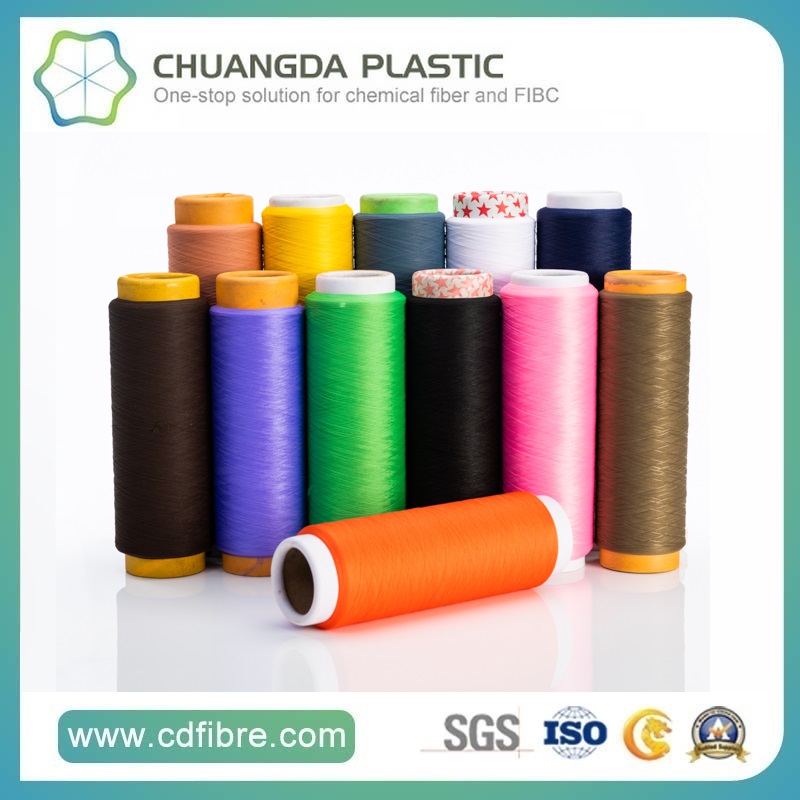If DTY has high physical properties such as strength, shrinkage rate, elongation, and unevenness in yarn, as well as high unevenness in fiber structure, it will result in color differences, horizontal streaks, and other defects when woven into fabrics. Therefore, DTY must be controlled during production and detected in a timely manner during finished product inspection to avoid causing degradation.
(1) Inspection of dyeing uniformity. The current method used to determine the uniformity of DTY dyeing is to weave the silk of each DTY winding tube into a 5cm long sock tube. Each DTY produced by a stretching and deformation machine is woven into a sock tube, with several segments of normally dyed standard DTY sandwiched in the middle, dyed with dispersed dye, and then judged under a standard light source. The GB 250-1995 standard stipulates the use of gray cards for color judgment, divided into 5 levels and 9 levels. Products with a color difference of more than 4 levels from the standard are classified as first level products.
The most commonly seen in production are horizontal striped silk and transparent silk. Horizontal striped silk refers to the color difference of stripes on the same sample itself; Transparent silk refers to a fabric with a shiny surface that feels thin when touched by hand. When viewed in front of a light source, it appears more transparent than normal silk. The general causes are: 1. Insufficient deformation during deformation processing; 2. Insufficient false twist.
(2) Factors affecting the uniformity of DTY staining. In summary, it can be divided into the raw material quality of DTY and the processing conditions of DTY:
1. Fluctuations in wind speed, temperature, and relative humidity during cooling and blowing; 2. Defects in winding and forming; 3. High unevenness of POY strips; 4. The stripping time after wire shedding is too short, and the surface wire is not completely stripped; 5. DTY processing mechanical factors: such as damage and poor operation of various wire guides, channels, and false twisters; 6. Poor uniformity of spinning melt and spinning temperature; 7. Causing stiff threads and untwisted threads, resulting in poor curling of the threads; 8. 30 to 50 meters of dark thread is generated at the tail thread joint; 9. Poor oil uniformity on POY; 10. Fluctuations in winding tension; 11. POY tube surface oil absorption; 12. Improper DTY processing operations, such as the wire running out of the normal thread path or the air running of the winding tube after wire breakage; 13. Improper selection of DTY processing conditions, such as fluctuations in false twist tension, high D/Y ratio, high or low hot box temperature, etc; 14. Improper testing and subjective factors.


View More(Total0)Comment Lists